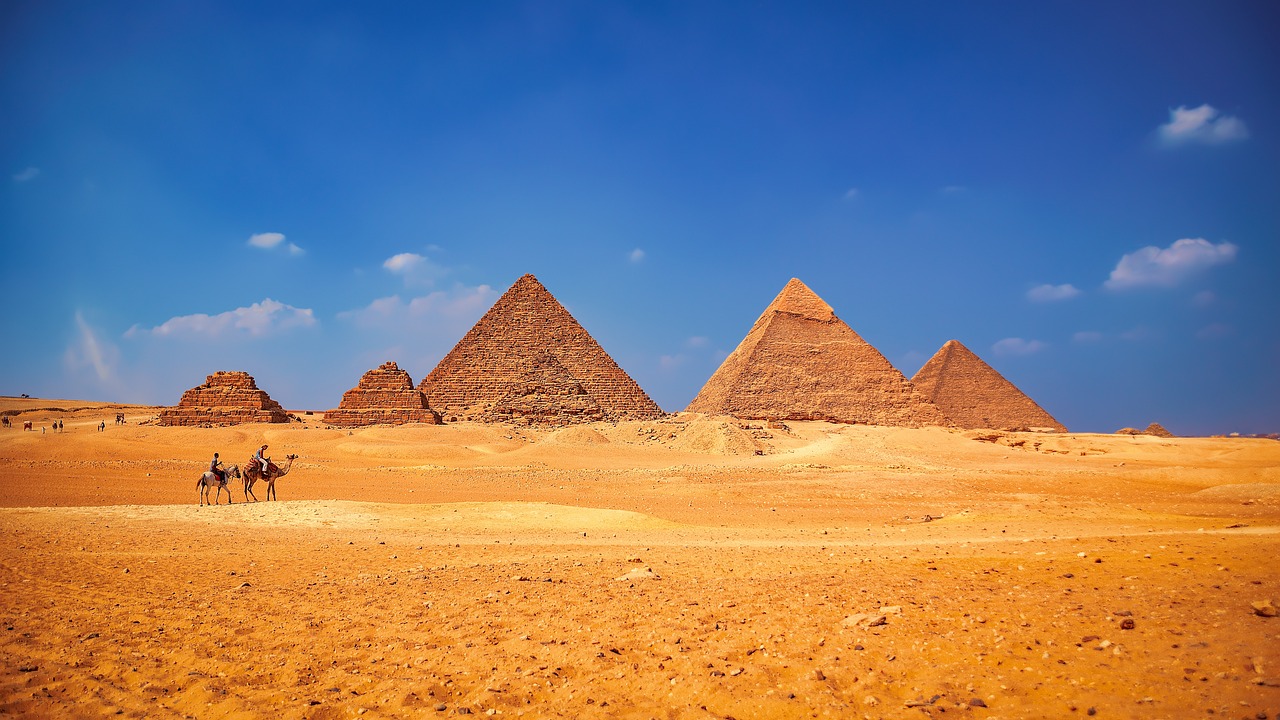Horus, a prominent deity in ancient Egyptian belief, is depicted as a falcon, with his right eye symbolizing the sun or morning star—indicative of strength and essence—and his left eye representing the moon or evening star, signifying healing. The veneration of Horus can be traced back to the late predynastic era and was prevalent throughout Egypt. This god appeared in various local forms and under many different names and titles, such as Harmakhis (meaning “Horus in the Horizon”), Harpocrates (“Horus the Child”), and Harsiesis (“Horus, Son of Isis”). Notably, at Kawm Umbū, he was referred to as Haroeris, meaning “Horus the Elder.”
The belief that the ruling pharaoh embodied Horus emerged at Nekhen (known as Hierakonpolis in Greek). When the kings from this region unified Upper and Lower Egypt, the idea of the monarch as an earthly incarnation of Horus became widely accepted. Among the titles that an Egyptian king would bear, the Horus name held significant prominence; it ranged from three in earlier dynasties to five in later periods, being inscribed within a rectangular frame known as a serekh on monuments and tombs.
In royal iconography, kings were usually shown with a figure of Horus above their head. This representation sometimes appeared as a winged disk of the sun, particularly connected to the worship of Horus in Behdet, a city located in the Nile Delta with a substantial falcon cult. An example of Horus’s interconnectedness with other deities can be seen in the myth involving Osiris, which gained importance around 2350 BCE. In this tale, Horus, the son of Osiris and Isis, confronts his uncle Seth after Seth murders his father and contests Horus’s claim to the throne. Ultimately, Horus prevails over Seth, avenging his father and claiming leadership.
During this conflict, Horus suffers damage to his left eye—an allegorical interpretation of the phases of the moon—which Thoth later restores, giving rise to the symbol of the wedjat eye, a powerful protective charm. Horus’s relationship with Hathor, often represented as a cow-goddess with horns or ears, further highlights his significance in the pantheon.
In the Ptolemaic era, the defeating of Seth symbolized Egypt’s dominance over foreign invaders. At the temple in Idfū, regular reenactments of Horus vanquishing Seth, personified as a hippopotamus, underscored the cultural and religious importance of these narratives.
Moreover, during the Greco-Roman era, the identification of Horus with the Greek god Apollo led to the renaming of Idfū as Apollinopolis.



